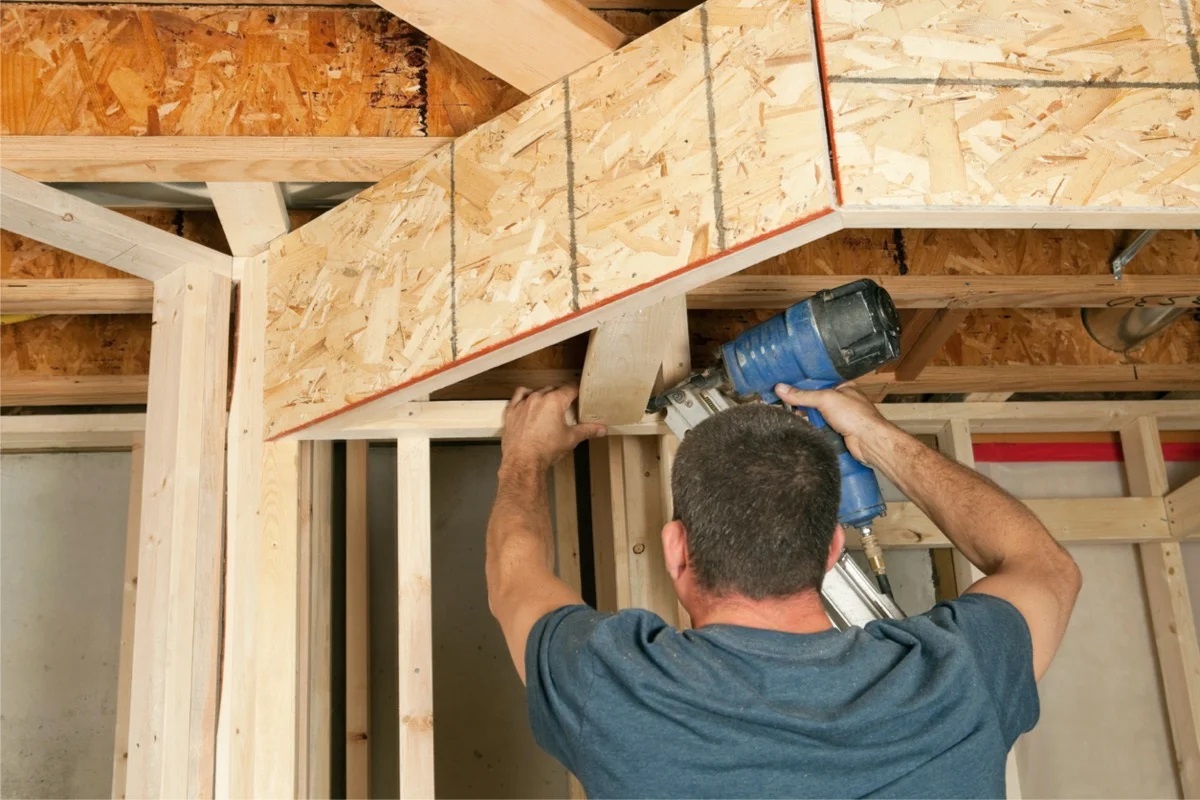

Articles
How To Finish Basement Walls
Modified: January 19, 2024
Learn how to finish basement walls with these informative articles. Get expert tips and tricks for a flawless basement renovation.
(Many of the links in this article redirect to a specific reviewed product. Your purchase of these products through affiliate links helps to generate commission for Storables.com, at no extra cost. Learn more)
Introduction
Finishing the walls of your basement is a great way to transform the space into a functional and inviting area in your home. Whether you’re planning to create a cozy family room, a home office, or an entertainment area, finishing the basement walls is a crucial step in the process. Not only does it provide a polished look to the space, but it also helps to insulate against moisture and enhance the overall comfort of the area.
In this article, we will guide you through the step-by-step process of finishing your basement walls. From preparing the walls to adding the final touches, we will cover everything you need to know to achieve a professional-looking result. So, grab your tools and let’s get started on transforming your basement!
Key Takeaways:
- Transform your basement into a functional and inviting space by following the step-by-step guide to finishing the walls. From insulation to wall decorations, each detail contributes to a professional and polished finish.
- Pay attention to detail and take your time to ensure safety and compliance with local building codes. With patience and the right techniques, your finished basement will add value and provide a welcoming retreat.
Read more: How To Finish Basement Walls Without Drywall
Step 1: Preparing the Walls
Before you begin finishing your basement walls, it’s essential to properly prepare the surface. Follow these steps to ensure a smooth and successful wall finishing project:
- Clean the walls: Start by removing any dirt, dust, or debris from the walls. Use a broom, vacuum, or damp cloth to wipe down the surfaces. This will create a clean canvas for the rest of the preparation process.
- Repair any cracks or damages: Inspect the walls for any cracks, holes, or damages. Fill them in with an appropriate patching compound and smoothen the surface with sandpaper. This step is crucial to create a seamless finish and prevent any further damage in the future.
- Seal the walls: Basements are prone to moisture, so it’s important to seal the walls to prevent water damage. Apply a waterproofing primer or sealer to the walls using a paintbrush or roller. Make sure to cover the entire surface evenly and allow sufficient drying time as per the manufacturer’s instructions.
- Inspect for mold or mildew: Basements can be a breeding ground for mold and mildew due to the damp environment. Inspect the walls thoroughly for any signs of mold or mildew growth. If you spot any, treat it with a mold and mildew remover, following the product instructions carefully. This step is crucial for a healthy living space.
- Check for proper insulation: Assess the insulation in your basement walls. If it is inadequate or outdated, consider adding insulation to improve energy efficiency and temperature control. This will help create a more comfortable and cozy space.
By following these steps, you will ensure that your basement walls are ready for the next phase of the finishing process. Taking the time to properly prepare the walls will contribute to a durable and visually appealing result.
Step 2: Framing the Walls
Once you have prepared the basement walls, the next step is to frame them. Framing provides structure and support to the walls, allowing you to attach drywall and other materials. Here’s a guide on how to frame your basement walls:
- Measure and plan: Start by measuring the length and height of the walls. Sketch a layout plan to determine the placement of doorways, windows, and any other openings. This will help you calculate the amount of framing material needed.
- Mark the layout on the floor: Use a chalk line or a marker to transfer the measurements from your layout plan onto the basement floor. This will serve as a guide for placing the wall plates.
- Attach the bottom wall plate: Cut pressure-treated 2x4s to the desired length and secure them to the basement floor using concrete screws or adhesive. Make sure the wall plate is level and securely fastened.
- Install the top wall plate: Measure and cut another set of 2x4s for the top wall plate. Attach them to the ceiling joists using nails or screws. Ensure they are level and tightly secured.
- Add the vertical studs: Measure the height between the top and bottom wall plates and cut 2×4 studs accordingly. Space them every 16 inches on center (OC) for optimal support. Attach the studs vertically between the top and bottom plate using nails or screws.
- Frame doorways and windows: Follow your layout plan to frame openings for doorways and windows. Use additional studs, headers, and cripple studs to create the appropriate framing structure.
- Secure the framing: Once all the studs and frames are in place, reinforce the structure by adding blocking between the studs. This will add stability and prevent any twisting or warping of the walls.
Remember to use a level and ensure all the framing components are properly aligned and plumb. This will ensure a sturdy and precise frame for your basement walls. Framing is a critical step in the finishing process, as it provides the foundation for the rest of the wall construction.
Step 3: Insulating the Walls
Insulating your basement walls is essential for maintaining comfortable temperatures and energy efficiency. Insulation helps to regulate the temperature and prevents heat loss, making your basement more livable. Here’s a step-by-step guide on how to effectively insulate your basement walls:
- Determine the insulation type: There are different types of insulation available, such as fiberglass batts, rigid foam boards, or spray foam insulation. Consider factors such as moisture resistance, R-value, and installation method to choose the right insulation for your basement.
- Measure and cut the insulation: Measure the height and width of your basement walls and cut the insulation boards or batts accordingly. Leave a snug fit but ensure that there are no gaps or compression in the insulation.
- Install the insulation: Place the insulation between the wall studs, ensuring it fills the entire space. Use insulation hangers or adhesive to hold the insulation in place if necessary. Pay extra attention to corners, edges, and around windows and doors to prevent any gaps.
- Seal gaps and joints: Insulation works best when it is properly sealed. Use caulk or expanding foam to seal any gaps, joints, or penetrations in the wall, including electrical outlets, plumbing pipes, and cables. This will help create an airtight barrier and prevent energy loss.
- Add a vapor barrier: In areas with high humidity or moisture, it’s important to install a vapor barrier to prevent condensation and moisture damage. Attach a plastic sheet or moisture barrier over the insulation, ensuring it covers the entire wall surface.
- Inspect for insulation gaps: After installing the insulation, inspect the walls carefully for any gaps, compressions, or areas that need additional insulation. Address any issues promptly to ensure maximum efficiency.
Properly insulating your basement walls is essential for creating a comfortable and energy-efficient space. It helps regulate temperatures, reduce noise transmission, and prevent moisture issues. By following these steps, you can ensure that your basement is well-insulated and ready for the next stage of finishing.
Step 4: Installing Electrical Outlets and Wiring
When finishing your basement walls, it’s crucial to plan and install electrical outlets and wiring to meet your power needs. Whether you’re setting up a home office, a media room, or a workshop, having properly installed electrical outlets is essential. Here’s a step-by-step guide on how to install electrical outlets and wiring in your finished basement:
- Create an electrical plan: Before starting, determine the number and location of outlets and switches you’ll need in the space. Sketch out an electrical plan to guide your installation process.
- Turn off the power: To ensure safety, turn off the power to the basement at the circuit breaker panel. Use a voltage tester to double-check that there is no electricity running to the area where you’ll be working.
- Run the electrical wiring: Carefully run electrical wires through the stud cavities in the walls, following local electrical code regulations. Use insulated staples or cable clips to secure the wires approximately every 4 to 6 feet.
- Install electrical outlet boxes: Mark the desired locations for the electrical outlets on the wall, following your electrical plan. Cut openings in the drywall to accommodate the electrical boxes and attach them securely to the wall studs using screws.
- Wire the outlets: Strip the ends of the electrical wires and connect them to the appropriate terminals in the outlet boxes. Attach black wires (hot) to the brass-colored screws, white wires (neutral) to the silver-colored screws, and green or bare wires (ground) to the green grounding screw.
- Connect switches and light fixtures: Install light switches according to your electrical plan. Connect the appropriate wires to the switches, following wiring diagrams or instructions provided. Install light fixtures or ceiling fans securely, ensuring they are properly supported.
- Test the outlets and switches: Once all the electrical wiring is in place, carefully turn on the power at the circuit breaker panel. Use a circuit tester to ensure that outlets and switches are correctly wired and functioning properly.
- Secure and cover the electrical boxes: Once you have confirmed that everything is working correctly, securely attach the outlet covers and switch plates. Ensure that all connections are enclosed within the outlet boxes for safety.
Proper installation of electrical outlets and wiring is crucial for a functional and safe finished basement. If you are not confident in your electrical skills, it’s recommended to hire a licensed electrician to ensure compliance with electrical codes and regulations.
When finishing basement walls, be sure to address any moisture issues first. Use waterproofing paint or sealant to prevent water damage and mold growth.
Read more: How To Finish The Basement
Step 5: Installing Drywall on the Walls
Installing drywall is a significant step in finishing your basement walls. Drywall provides a smooth and durable surface, ready for painting or any other wall treatment you choose. Here’s a step-by-step guide on how to install drywall on your basement walls:
- Measure and mark: Measure the height and width of the wall and cut the drywall sheets accordingly. Mark the location of electrical outlets, switches, and any other wall features on the drywall.
- Start with the ceiling: If your basement has a suspended ceiling, install the drywall on the walls first before installing the ceiling tiles. This will ensure a clean and seamless look.
- Attach the drywall sheets: Start at one corner of the wall and position the first drywall sheet against the framing. Use drywall screws to secure the sheet to the studs, placing screws every 12 inches along the studs. Repeat this process for the rest of the sheets, making sure to leave a small gap between each sheet for expansion.
- Cut openings for electrical outlets and switches: Use a drywall saw or utility knife to carefully cut openings for electrical outlets, switches, and any other wall features. Make sure to follow the markings you made on the drywall for accurate cuts.
- Tape and mud the seams: Apply drywall joint compound to the seams between the drywall sheets using a drywall knife. Place drywall tape over the seams and smooth it out with the knife to create a flat surface. Repeat this process for all the seams.
- Apply multiple layers of joint compound: Allow the first layer of joint compound to dry completely. Then, apply subsequent layers of joint compound, feathering out the edges to create a smooth finish. Sand the dried compound between each layer for a seamless result.
- Finish corners and edges: Use corner bead to reinforce and protect outside corners. Apply joint compound along the edges and corners, blending it with the rest of the wall surface. Feather out the edges and sand when dry.
- Prime the drywall: Once the joint compound is completely dry and sanded smooth, prime the drywall using a high-quality primer. This helps create a uniform surface and prepares it for painting or other finishes.
Installing drywall can be a time-consuming and labor-intensive process, but it is crucial for achieving a polished and professional-looking finish. Take your time and ensure that each sheet is properly secured and the seams are well-taped and mudded. With patience and attention to detail, you’ll have smooth and ready-to-paint basement walls.
Step 6: Finishing and Painting the Walls
After installing drywall on your basement walls, the next step is to finish and paint them. This will give your space a polished and personalized look. Follow these steps to achieve a beautiful finish:
- Inspect and prepare the drywall: Before proceeding with finishing and painting, inspect the drywall for any remaining imperfections. Fill in any remaining gaps or nail holes with spackling compound. Sand the drywall surface to ensure it is smooth and free from any rough areas.
- Apply a coat of primer: Priming the walls is crucial as it helps the paint adhere better and provides a uniform finish. Use a high-quality primer and apply it in even strokes using a paint roller or brush. Allow the primer to dry completely before moving on to the next step.
- Choose your paint color: Select a paint color that suits your desired aesthetic for the space. Consider the lighting in the basement and choose a color that will enhance the ambiance and make the room feel inviting. Test a small area to ensure it meets your expectations.
- Paint the walls: Start by cutting in the edges of the walls using a brush, then use a roller to apply paint to the rest of the wall surface. Work in small sections, ensuring even coverage. Apply multiple coats as needed, allowing each coat to dry completely before applying the next.
- Add texture or accents: If desired, you can add texture to the walls using techniques like sponge painting, stenciling, or textured paint. This can add depth and visual interest to the space. Alternatively, consider adding an accent wall or decorative wallpaper for a focal point.
- Protect the walls: Once the paint is dry, consider applying a clear protective finish to the walls, especially if the basement is prone to moisture. This will help protect the paint and prolong its lifespan.
- Install baseboards and trim: To complete the finished look, install baseboards and trim along the bottom and top edges of the walls. This adds a sophisticated touch and helps conceal any gaps between the walls and the floor or ceiling.
Finishing and painting your basement walls is the final step in transforming the space into a functional and inviting area. Take your time in preparing the walls and choose paint colors and finishes that reflect your personal style. With attention to detail and a well-executed paint job, your basement walls will become the centerpiece of your newly finished space.
Step 7: Adding Wall Decorations and Accessories
Now that you have finished and painted your basement walls, it’s time to add the final touches that will make the space feel complete and inviting. Wall decorations and accessories add personality and character to the room, making it a reflection of your style and interests. Here’s a guide on how to add wall decorations and accessories to your finished basement:
- Choose a focal point: Decide on a focal point for the wall, such as a large piece of artwork, a gallery wall, or a statement mirror. This will draw attention and set the tone for the entire space.
- Hang artwork: Select artwork or photographs that resonate with your style and bring life to the walls. Use picture hooks, nails, or adhesive hooks to hang them securely in the desired locations. Consider mixing different sizes and mediums for visual interest.
- Create a gallery wall: If you have a collection of smaller artworks or photographs, consider creating a gallery wall. Arrange them in an aesthetically pleasing arrangement, either symmetrically or asymmetrically. Experiment with different layouts before securing them to the wall.
- Install floating shelves: Floating shelves are not only functional but can also serve as a display area for small decorative items. Arrange books, plants, candles, or other trinkets to add depth and interest to the walls.
- Hang mirrors: Mirrors can make a room appear larger and brighter. Choose a statement mirror and hang it on a blank wall or above a focal point to reflect light and create the illusion of more space.
- Add wall-mounted storage: If your basement serves as a home office or a craft area, consider installing wall-mounted storage solutions. This can include shelves, pegboards, or hanging organizers to keep your supplies organized and within easy reach.
- Introduce wall sconces or lighting fixtures: Adding wall-mounted lighting fixtures can enhance the ambiance and functionality of the space. Install wall sconces or track lighting to emphasize certain areas or artworks.
- Personalize with decor: Finally, add your personal touch with decor items that reflect your interests and style. Consider hanging tapestries, decorative plates, or interesting objects that hold sentimental value. Don’t be afraid to mix and match different textures and materials.
Adding wall decorations and accessories is the final step in making your finished basement a warm and inviting space. Be creative and let your personality shine through in your choices. Remember, the goal is to create a space that not only looks beautiful but also feels comfortable and reflects your unique taste and style.
Conclusion
Finishing the walls of your basement is a rewarding and transformative process. By following the steps outlined in this guide, you can create a functional and inviting space that complements your home and lifestyle. From preparing the walls to adding the final touches, each step plays a crucial role in achieving a professional and polished finish.
Start by preparing the walls, ensuring they are clean, repaired, and sealed. Proper insulation is key to maintaining comfortable temperatures and energy efficiency. Framing the walls provides structure and support for the drywall installation. Electrical outlets and wiring should be installed to meet your power needs, and drywall can be installed to create a smooth surface. Finish the walls by applying primer and paint, adding your personal touch with wall decorations and accessories.
Throughout the entire process, remember to pay attention to detail and take your time. It is important to follow local building codes and regulations to ensure safety and compliance. If you are unsure about any aspect of the project, consider consulting with professionals to ensure the best results.
Once your basement walls are finished, you can enjoy the benefits of a beautifully transformed space. Whether you use it as a family room, home office, or entertainment area, the finished basement will add value to your home and provide a welcoming retreat for you and your loved ones.
So, roll up your sleeves, gather your tools, and take the first step towards turning your basement into a functional and inviting space that you can enjoy for years to come.
Frequently Asked Questions about How To Finish Basement Walls
Was this page helpful?
At Storables.com, we guarantee accurate and reliable information. Our content, validated by Expert Board Contributors, is crafted following stringent Editorial Policies. We're committed to providing you with well-researched, expert-backed insights for all your informational needs.
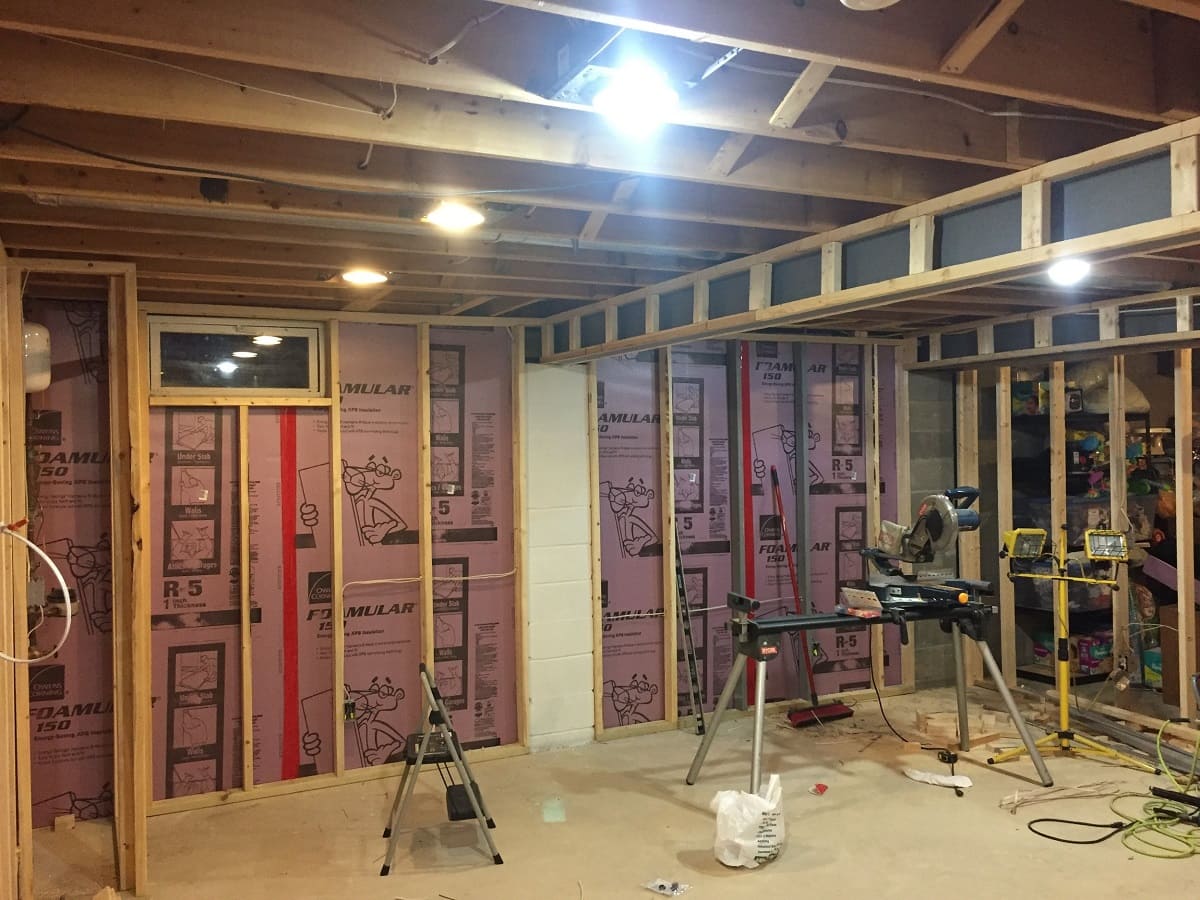
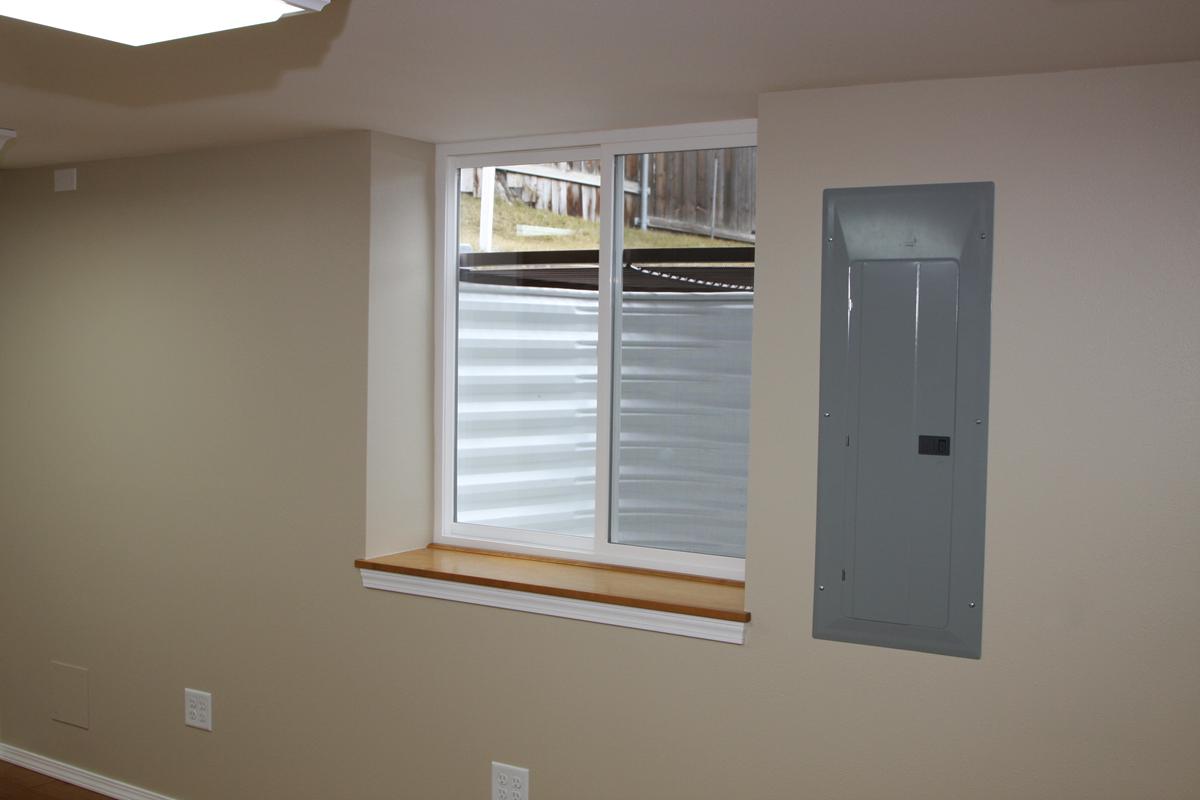
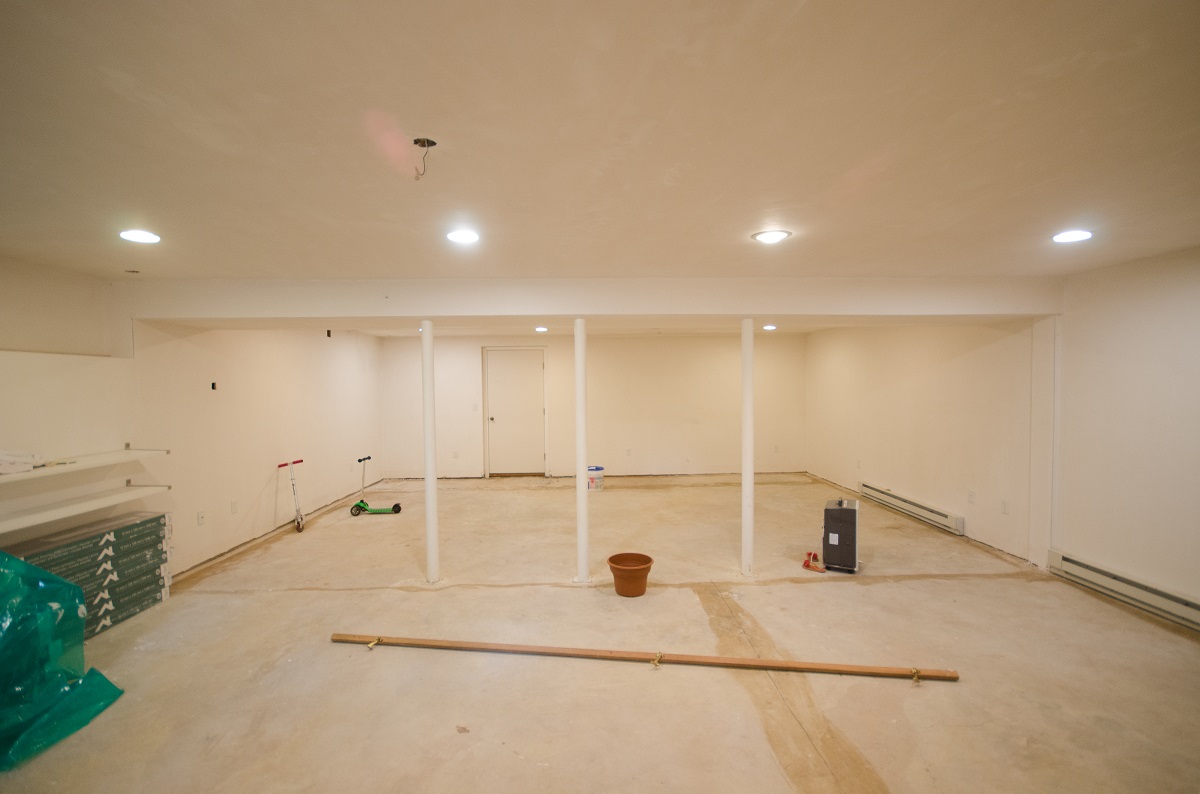
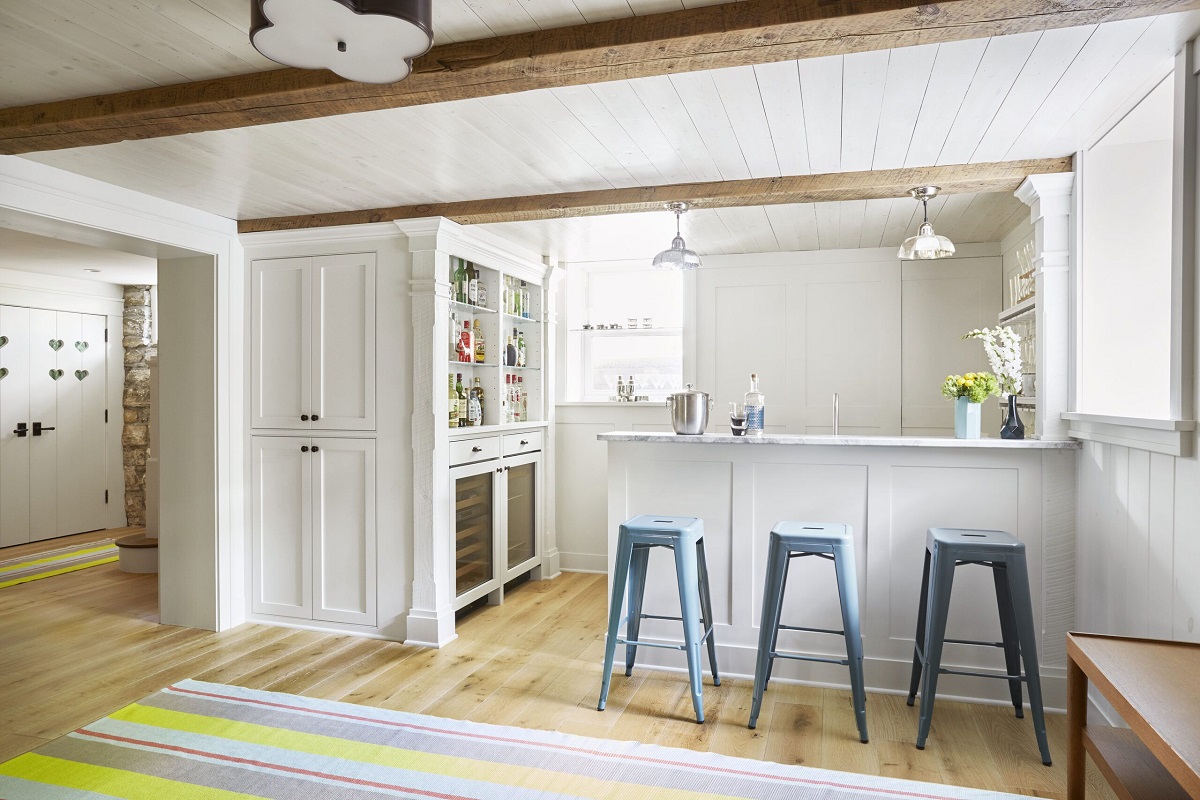
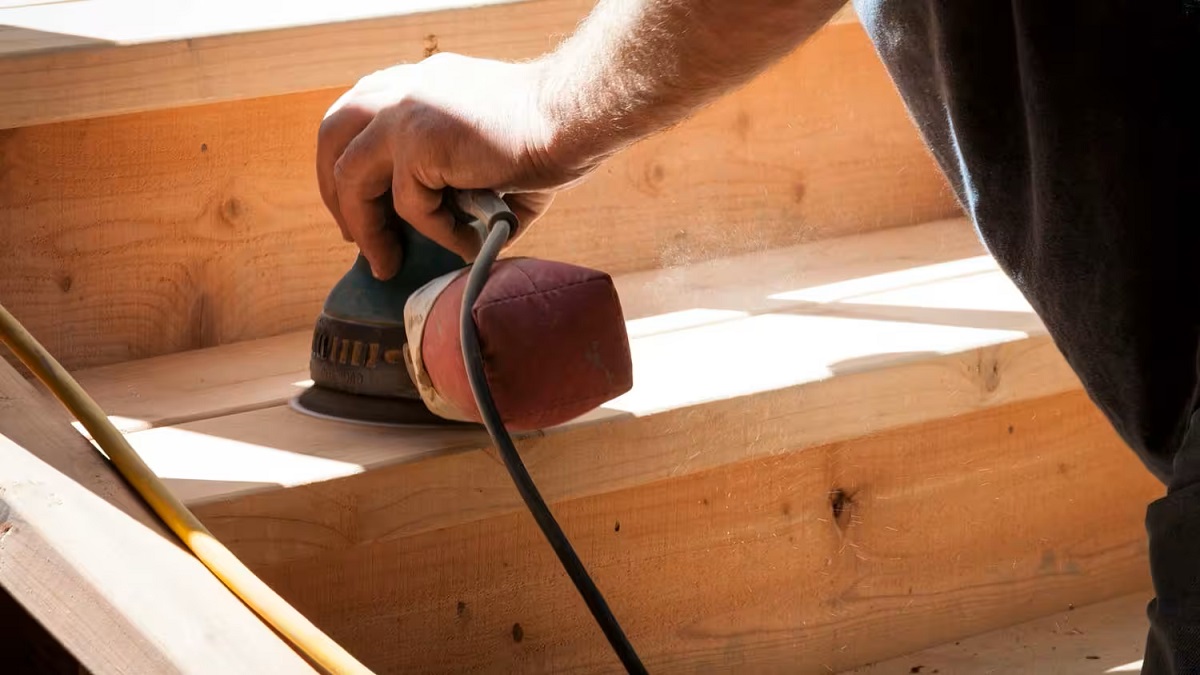
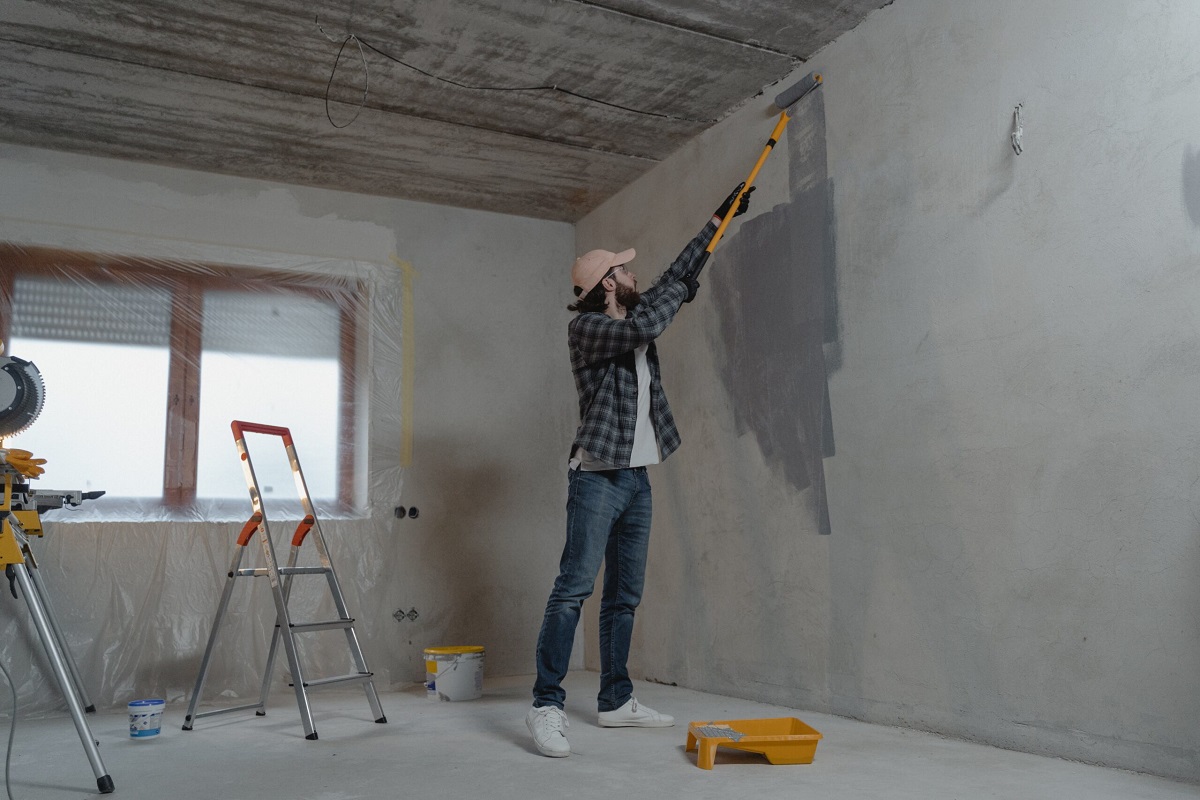
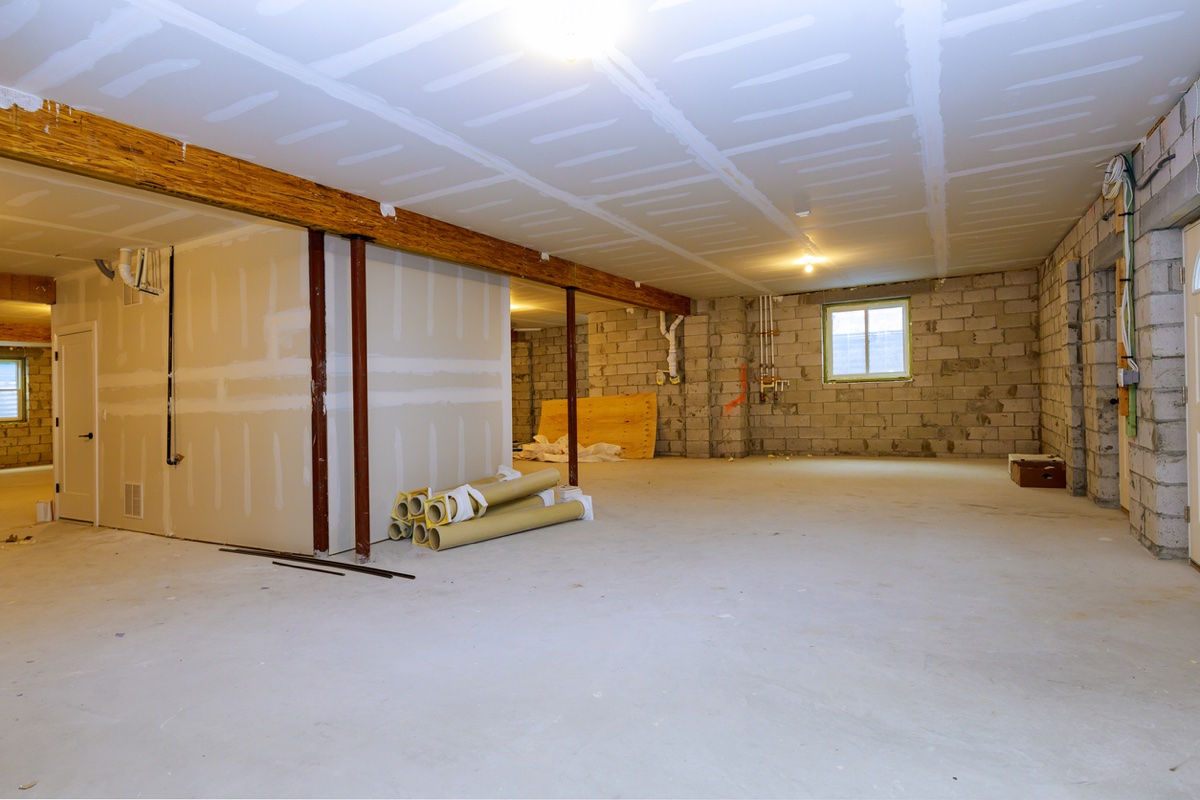
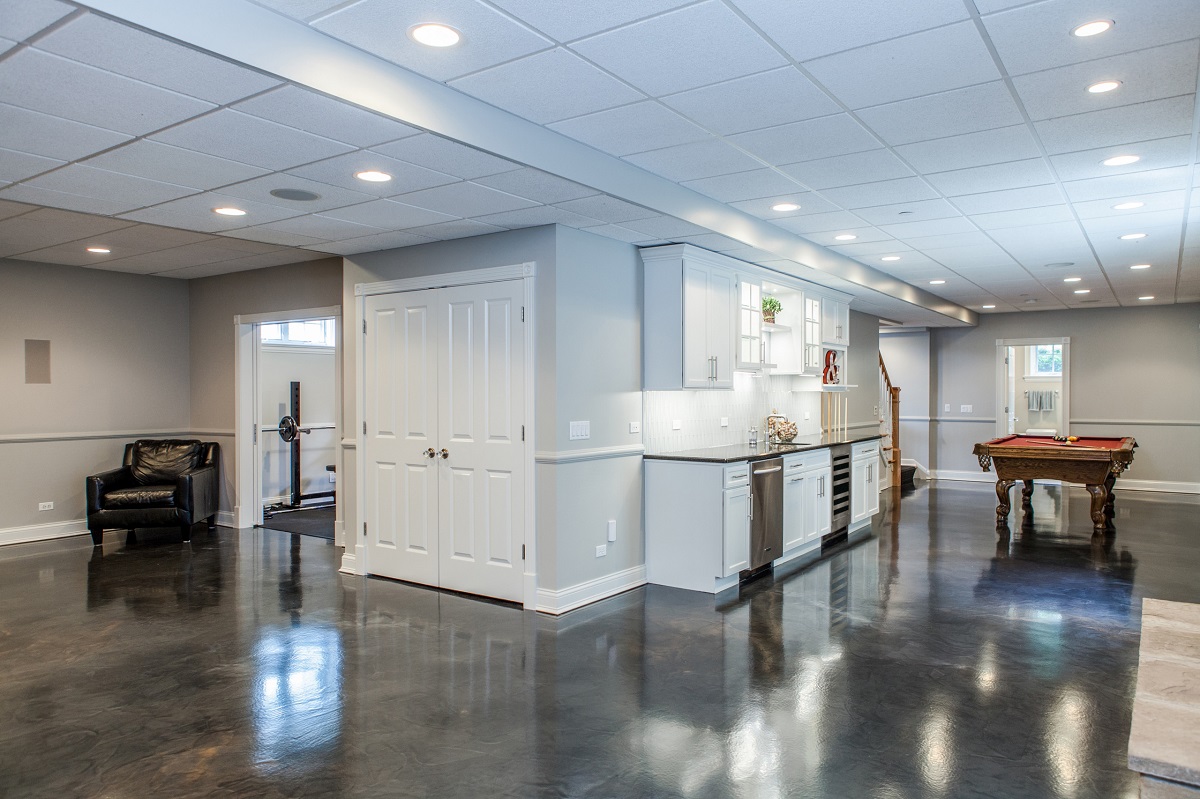
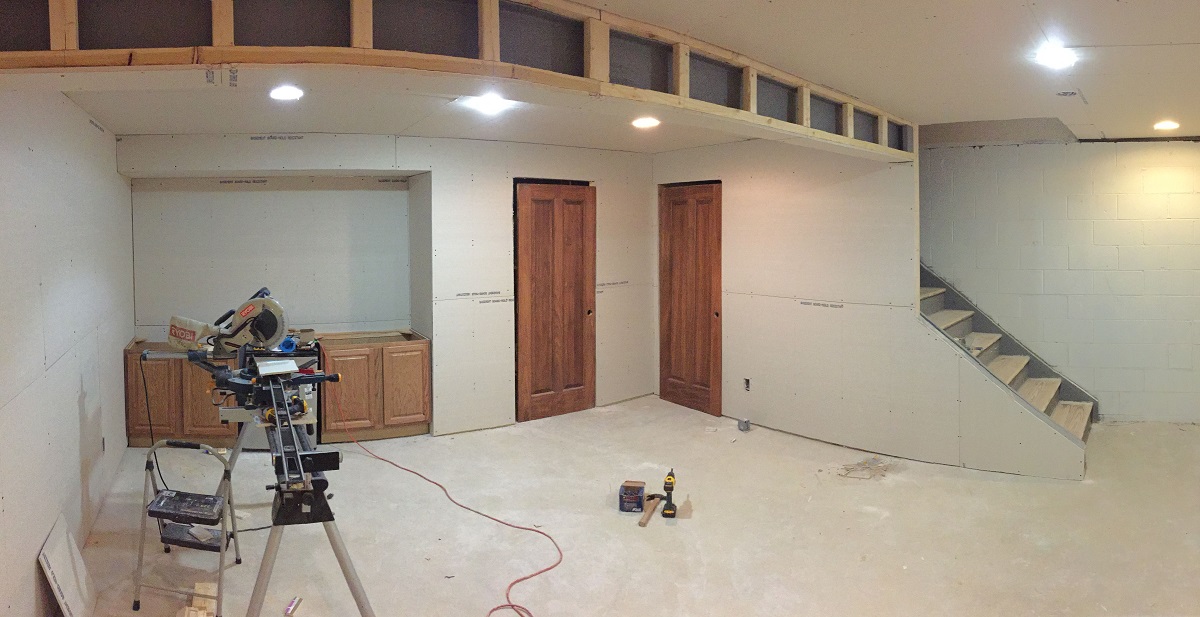
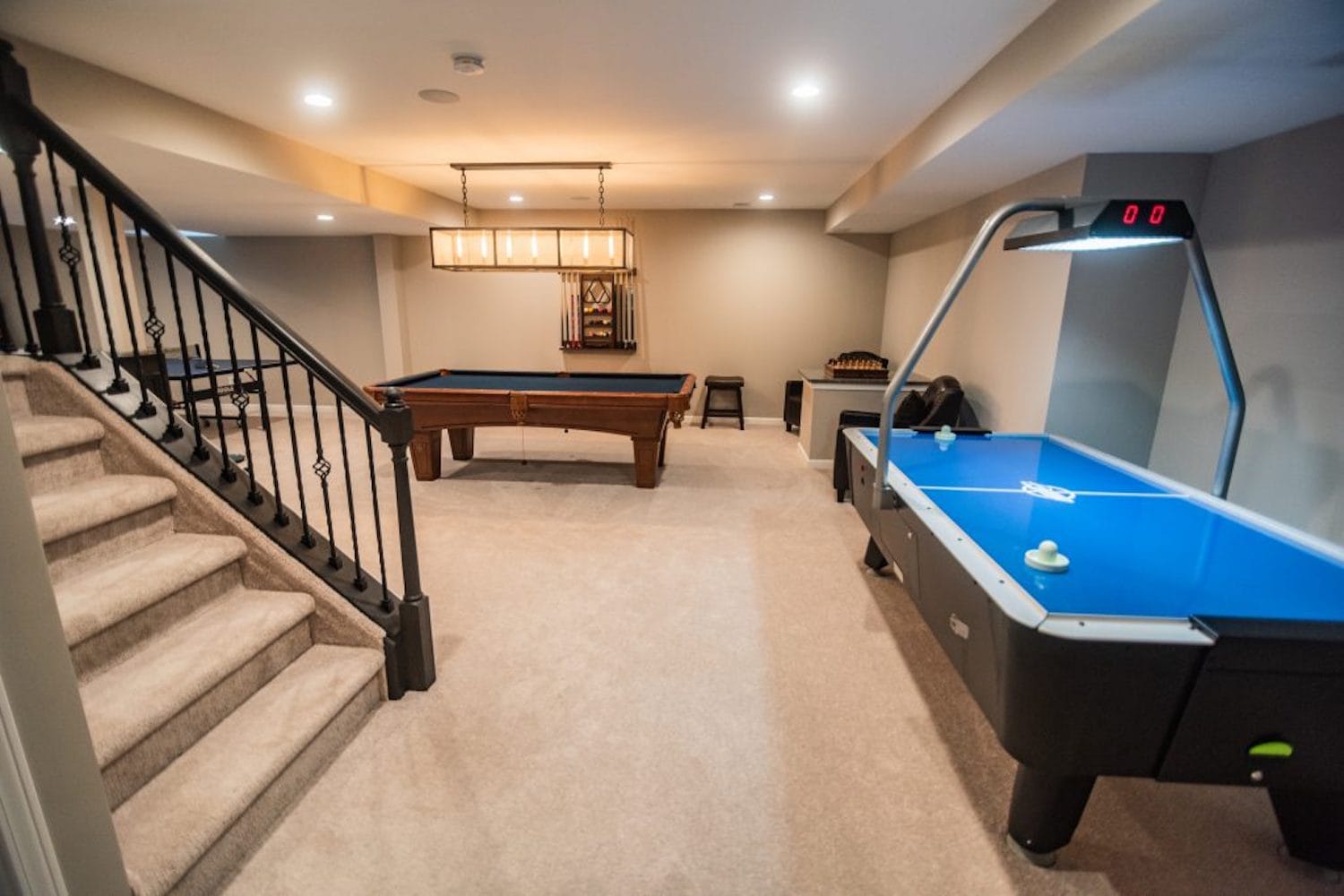
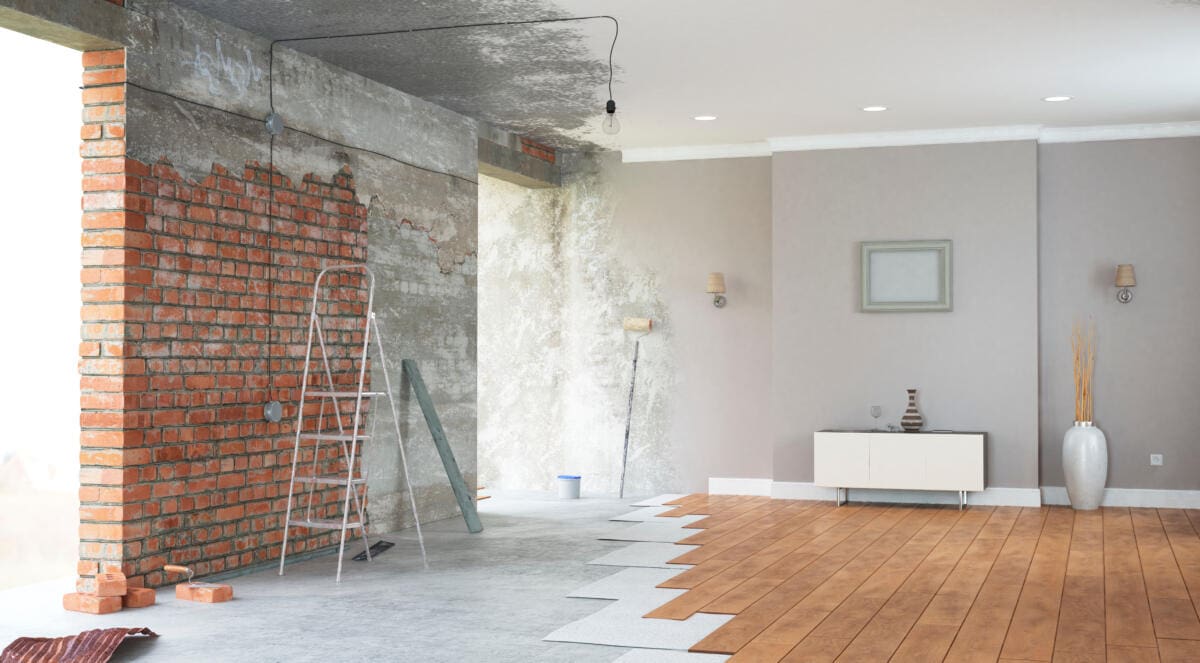
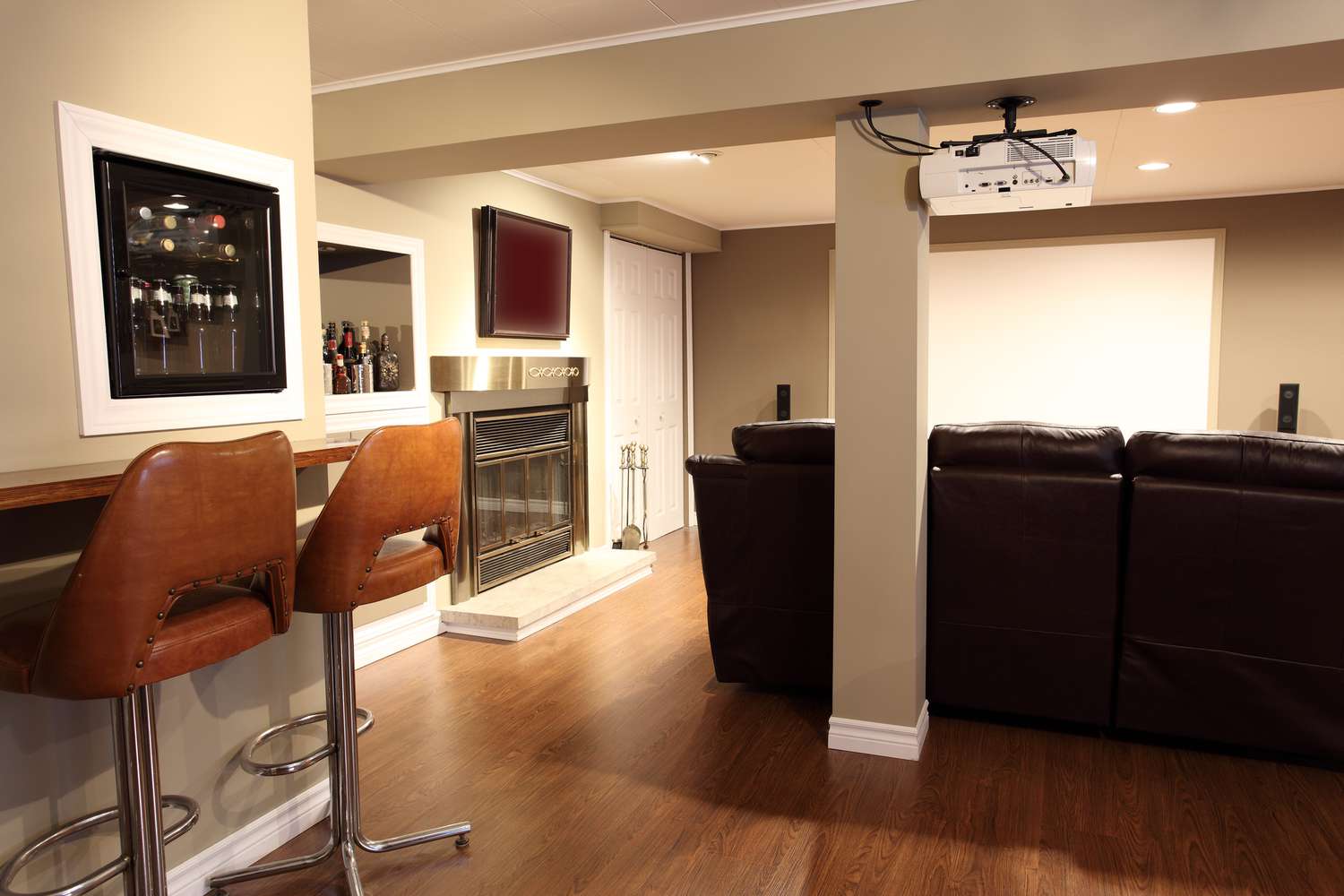
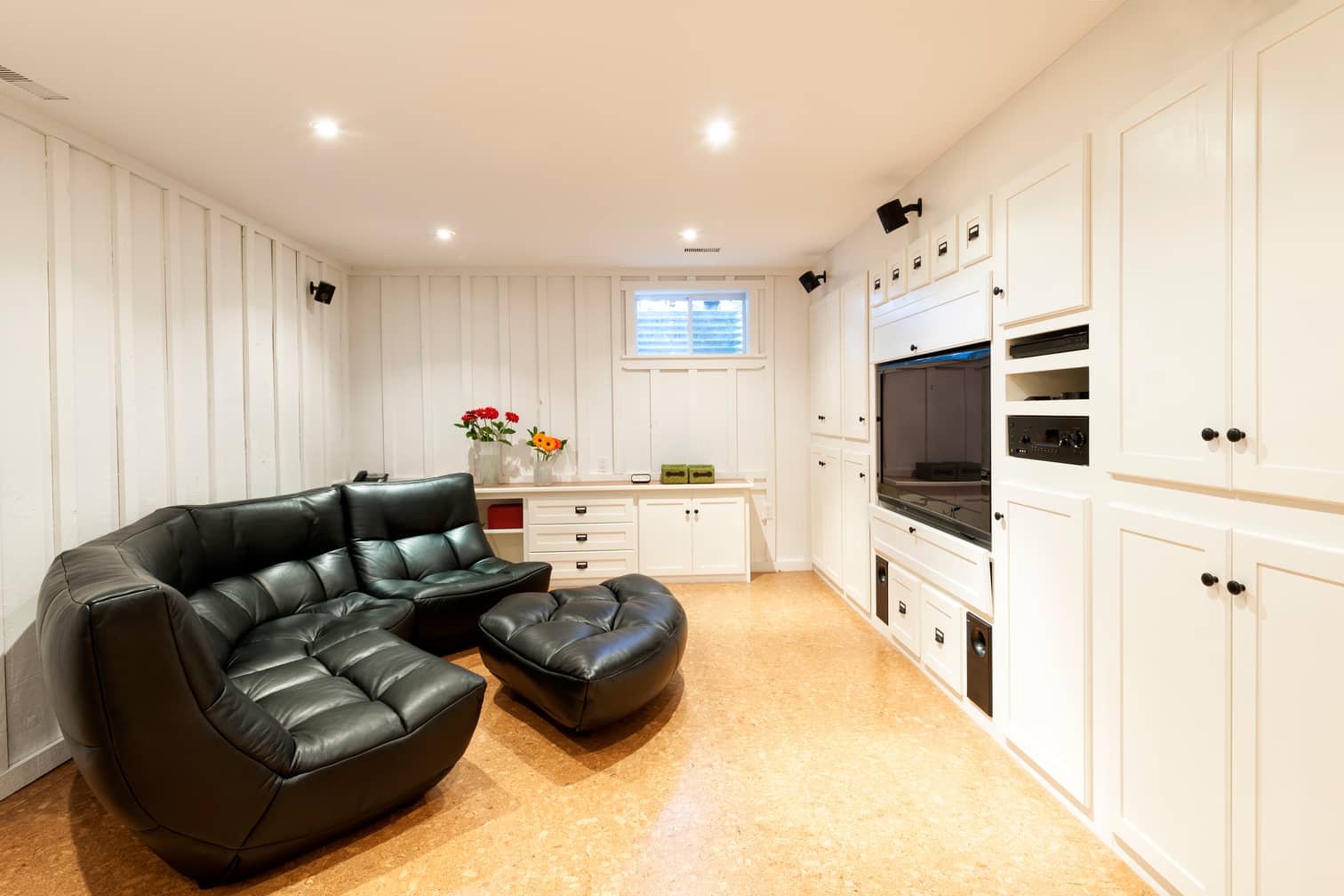
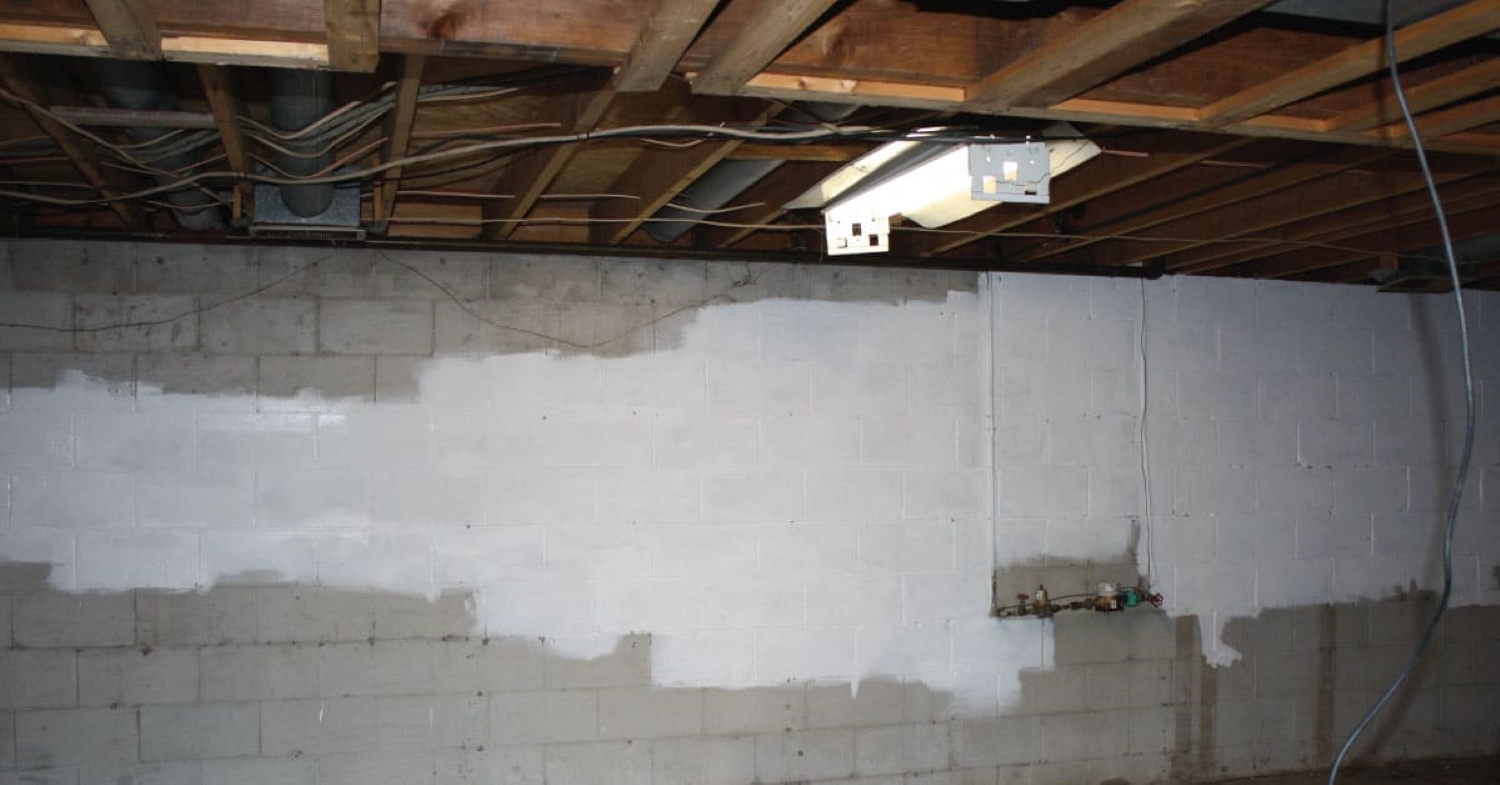

0 thoughts on “How To Finish Basement Walls”